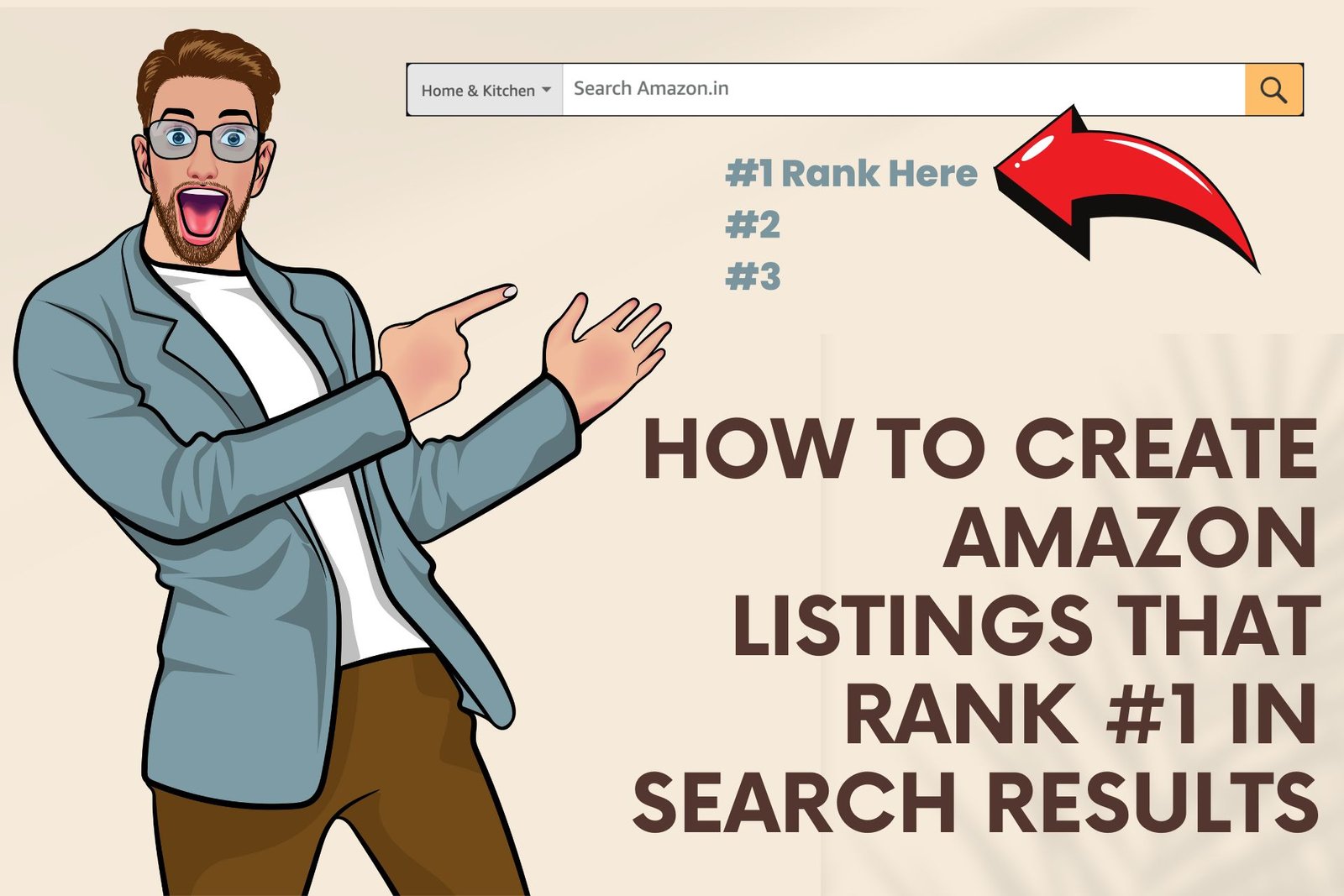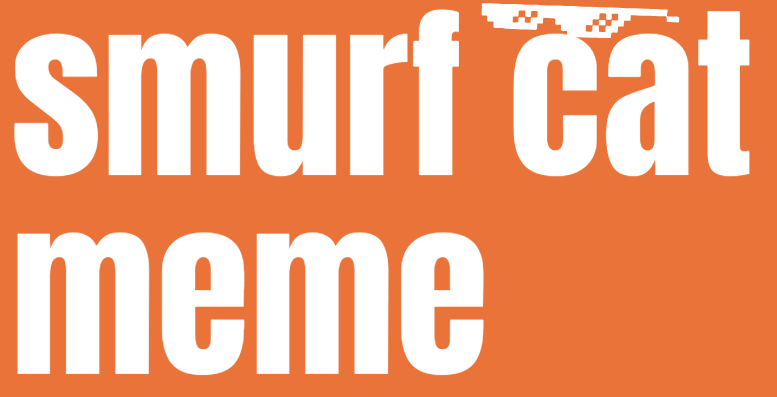
How to Create Amazon Listings That Rank #1 in Search Results
Rank top in search rankings. If you are intending to sell on Amazon, then making your listings rank well is important. The more a listing ranks better, the more visibility it gets, and the more visibility it gets, the more sales you get. So, what’s the secret for making an Amazon listing able to hit the elusive #1 spot? In this article, we walk through some important steps and strategies that will help your listings rank better and stand out from the rest.
Determine the Appropriate Keywords
Amazon’s search algorithm is nearly identical to Google’s; it relies on keywords to determine which listings to serve for a given search. The very first step toward getting your listing ranked involves including the proper keywords in your listing.
How to Find the Best Keywords:
- Use the search box on Amazon: Simply type in a word that relates to your product, and Amazon will try to predict what you are after. These are usually what people are looking for.
- Keyword research tools: Tools like Jungle Scout, Helium 10 and AMZScout really help find the most relevant and high-traffic keywords for your product.
- Target Long-Tail Keywords: Avoid using general terms such as “backpack” and use more targeted words such as “waterproof hiking backpack.” The reason for this is that long-tail keywords aren’t as competitive, and you can better identify your customers.
Keyword Placement:
- Title: Use your primary keyword naturally in the title.
- Bullet points: Use the most critical keywords pertaining to the bullet points when you are going to emphasize what features they are.
- Description of the product: You can also add secondary keywords to your description so that you rank further.
- Backend keywords: In Amazon, one can add keywords in the backend and which is not visible to the customer. You can make the best use of the space provided to add any keyword that you could not use for the title or description.
Optimizing Your Product Title
One of the ranking elements is your product title, and it’s super important that you describe what the product is about, how informative it is, and keyword-rich yet not too long nor confusing.
How to Craft a Great Title
- Insert the brand name: Many people are searching for products by brand. This increases the visibility of your listing.
- Add product information: Incorporate all the necessary size, color, and other features that you might want highlighted in the title.
- Readable: You really need to ensure you include your keywords, yet not be too wordy and flooded with keywords. Your title should, at the same time, still be sensible and readable.
For example, “Best Backpack School Hiking Travel Durable,” can easily be rewritten to, “Durable Waterproof School and Hiking Backpack for Travel – 20L.”
Quality Images
Images tend to contribute much towards ranking and conversion. Amazon wants to show listings that sell, and fantastic images have a way of increasing the chances that a customer will click on your product.
How to Optimize Your Images
Use multiple images: Amazon allows up to 7 images for each product listing. Use all of them to show your product from different angles.
Clear images: Pictures on your website must be clear and of high resolution. It can scare away a potential buyer if they are blurry or low in quality.
Product use: If you have someone wearing a hiking backpack, there is a chance that customers will think it could look like this in their lives.
Follow Amazon’s imagery requirements: Ensure all of your images have Amazon’s technical specifications, such as white backgrounds and minimum pixel amounts, among others.
Write Effective Bullet Points
Your bullet points are a chance to let the customer quickly understand your product’s features and benefits. These are especially crucial for ranking purposes but do have an immediate impact in getting the customer to buy your product.
Best Practices for Writing Effective Bullet Points:
- Focus on benefits, not just features: Instead of listing only features like “waterproof,” explain how the feature will benefit the customer. For example, “Stay dry even in heavy rain with our waterproof design.”
- Use short, clear sentences: Avoid mouthful descriptions. Keep your bullet points short and easy to read.
- Insert appropriate keywords: Use them liberally, but not to excess. Remember, clarity is the goal, not keyword density.
A Rich Product Description
Whereas the title and bullet points allow for a brief introduction, it is within the body of your description that your product will be described in greater detail. This is another place to use secondary keywords for ranking.
How to Craft a Compelling Product Description:
- Storytelling: Be able to describe your product using storytelling techniques. You can even apply story writing techniques to make your narration engaging. For instance, in case you are selling a travel backpack, describe how it would be convenient and enjoyable for a person to travel with it.
- Break it up: Divide your text into smaller paragraphs or bullet points. Large chunks of text may bore customers and lose their interest.
- Use keywords organically: Try to place your keywords within the description somewhere without forcing the keywords in there. This way, it won’t sound contrived.
Encourage Positive Reviews
Amazon places immense value on the reviews done on a listing. Your products having higher positive reviews get ranked highly since buyers consider the sellers to be more trustworthy.
How to Get More Reviews
- Follow up on your customers: Once a customer has placed an order, send them an equally polite follow-up email requesting their feedback. Incentive for reviews is not allowed by Amazon and therefore must not be given to your customers.
- Give great service to customers: It is more likely that satisfied customers will provide positive reviews. Tackle any problems efficiently and professionally so that there is not bad feedback.
- Use the “Request a Review” button: Amazon provides this feature where one may request reviews from the customers. The use of the feature, however, should be within Amazon’s rules.
Provide Competitive Pricing
Being competitive on price will greatly determine how up high your product shows on rankings. Amazon offers an algorithm for ranking that checks the price of your product against others. If you are selling an expensive product, then most probably, that customer will opt out for cheaper versions of the same product. Its implications will hit your ranking.
How to Set the Right Price:
- Study the competitor prices: After acquiring information about what other products of similar kind are selling for, you set your appropriate price.
- Consider costs: Make sure your price takes into account all of the costs you incur – production, shipping, and Amazon – yet still is interesting to buy.
- Think about offering discounts: You can engage more buyers and thereby enhance your sales velocity, which will raise your rank, by offering one-time-only savings or deals.
Conclusion
Ranking at the top of Amazon can be achieved if one optimizes the listing with well-researched keywords, a captivating product description, high-quality images, competitive prices, and encouraging customers to give excellent reviews. All these will increase their chances of getting one’s listing at the top of the search results, thereby leading to more sales and growth in business.


